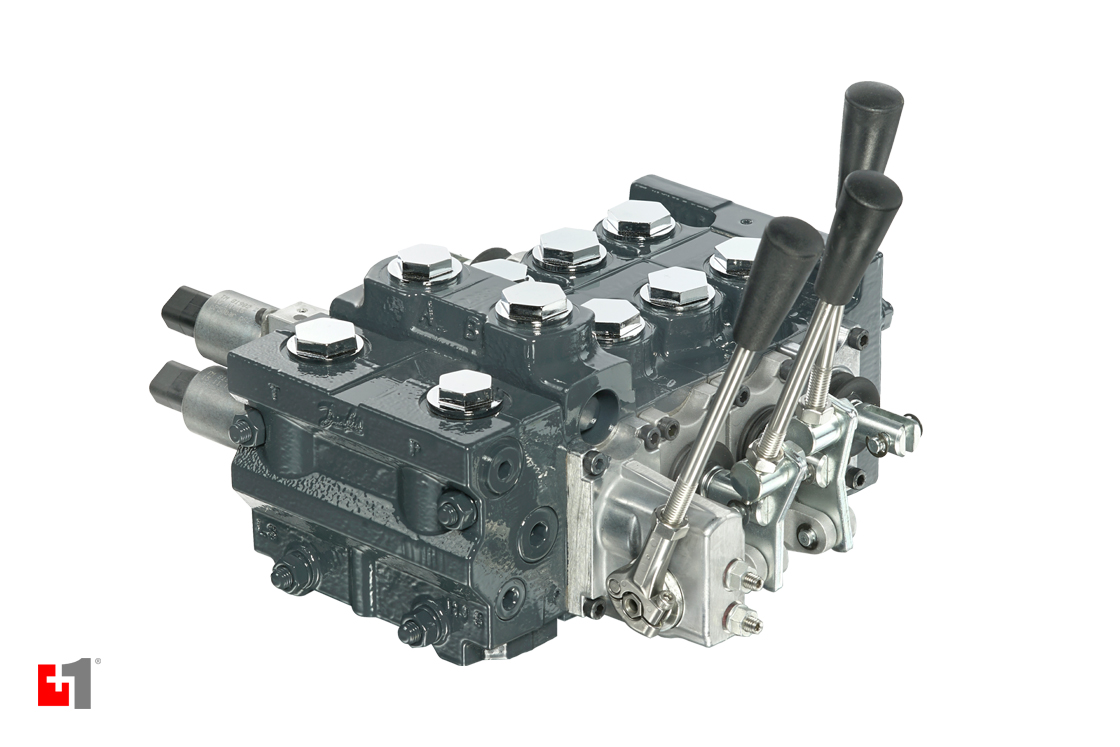Ingenious Control Valves: Enhancing Precision and Integrity
Ingenious Control Valves: Enhancing Precision and Integrity
Blog Article

Maximize Energy Savings and Convenience With Advanced Structure Automation Controls
In the world of contemporary style and center administration, the combination of sophisticated building automation regulates stands as a crucial improvement. By using the power of automation, structures can adjust, react, and develop in methods that were once inconceivable.
Power Performance Conveniences
Energy efficiency benefits can dramatically lower power usage and operational costs in structures. Energy-efficient systems, such as advanced building automation controls, can maximize the use of sources like air conditioning, illumination, and heating, leading to lower power costs over time.
Furthermore, improved power performance can extend the lifespan of building devices and systems. By operating more successfully, heating and cooling systems, lighting fixtures, and various other structure elements experience much less wear and tear, causing lowered maintenance and replacement costs. Additionally, energy-efficient buildings often regulate higher home values and rental rates, offering lasting economic benefits to proprietors.
In addition, power performance can enhance owner comfort and performance. Properly managed interior atmospheres with optimal lights and thermal conditions produce a more conducive and positive workspace, leading to improved employee contentment and efficiency. On the whole, the power performance benefits related to sophisticated structure automation controls are diverse, incorporating expense savings, environmental stewardship, and passenger wellness.
Boosted Comfort Control
Enhancing convenience control in building environments needs a sophisticated integration of innovative automation systems for ideal owner health. By making use of advanced structure automation controls, facilities can customize the indoor atmosphere to fulfill the specific demands and choices of owners. These systems allow specific policy of ventilation, illumination, and temperature, developing a effective and comfortable atmosphere. Owner fulfillment and efficiency are closely connected to thermal comfort, making it important to have systems in area that can adapt to altering conditions in real-time.
By including these advanced controls, structures can not just improve comfort but additionally enhance power efficiency by optimizing system operations based on actual occupancy and use patterns. Ultimately, focusing on resident convenience through innovative automation systems leads to an extra satisfying and much healthier interior atmosphere.
Functional Effectiveness Improvements

Furthermore, the execution of real-time surveillance and analytics tools enables building operators to identify energy ineffectiveness and operational abnormalities without delay. By continuously monitoring power usage patterns and system efficiency metrics, modifications can be made in real-time to maximize energy intake and ensure peak functional efficiency. control valves. Additionally, integrating need action approaches into structure automation controls can additionally enhance functional efficiency by dynamically readjusting power usage based on grid problems and pricing signals
Indoor Environment Optimization
Effective interior climate optimization is a basic element of building automation controls, ensuring owners' comfort and well-being while optimizing energy savings. By utilizing advanced sensing units and controls, developing automation systems can continually change and monitor temperature level, Visit Website humidity degrees, air quality, and ventilation to develop an ideal interior atmosphere. Maintaining constant and comfortable problems not only boosts occupant fulfillment yet likewise increases efficiency and overall wellness.
Indoor climate optimization also plays a vital function in energy performance. By fine-tuning ventilation, heating, and cooling systems based on real-time information and occupancy patterns, constructing automation controls can considerably lower energy usage - control valves. For instance, executing approaches such as demand-controlled ventilation and thermal zoning can help reduce power waste while guaranteeing that each location of the structure receives the essential conditioning.

Lasting Environment Creation
Structure automation controls not only maximize interior environment conditions for energy efficiency and resident convenience yet likewise lay the foundation for producing a lasting environment through strategic administration of sources and systems. By incorporating sophisticated building automation modern technologies, such as sensors, actuators, and intelligent software program, centers can check and readjust energy usage in real-time to lessen waste and lower their carbon impact. These systems enable anticipating maintenance, determining prospective problems prior to they escalate and enhancing equipment performance to enhance longevity and efficiency.
Additionally, lasting atmosphere creation prolongs past energy administration to include water preservation, waste decrease, and indoor her response air top quality enhancement. Building automation controls can regulate water use, identify leaks, and make sure appropriate garbage disposal techniques, adding to total sustainability efforts. Furthermore, by monitoring and managing ventilation and filtration systems, these technologies boost owner wellness and performance while lowering energy intake related to heating and cooling procedures.
Conclusion
In verdict, advanced building automation controls deal substantial advantages in terms of energy savings, convenience control, operational effectiveness, interior environment optimization, and developing a lasting atmosphere. By executing these controls, buildings can accomplish optimal efficiency while minimizing energy intake and enhancing owner convenience. It is apparent that making use of advanced automation modern technology is crucial why not look here in improving structure performance and producing a more sustainable future.
Energy efficiency advantages can considerably lower energy consumption and operational expenses in buildings. In general, the energy performance advantages connected with innovative building automation controls are multifaceted, encompassing expense savings, ecological stewardship, and owner wellness.
In addition, including demand reaction methods into structure automation controls can additionally enhance operational performance by dynamically adjusting energy use based on grid conditions and pricing signals.
Structure automation controls not just optimize interior climate conditions for energy performance and occupant comfort but also lay the foundation for developing a sustainable setting via critical monitoring of systems and resources.In verdict, progressed building automation regulates offer substantial benefits in terms of energy savings, comfort control, functional efficiency, interior environment optimization, and developing a sustainable atmosphere.
Report this page